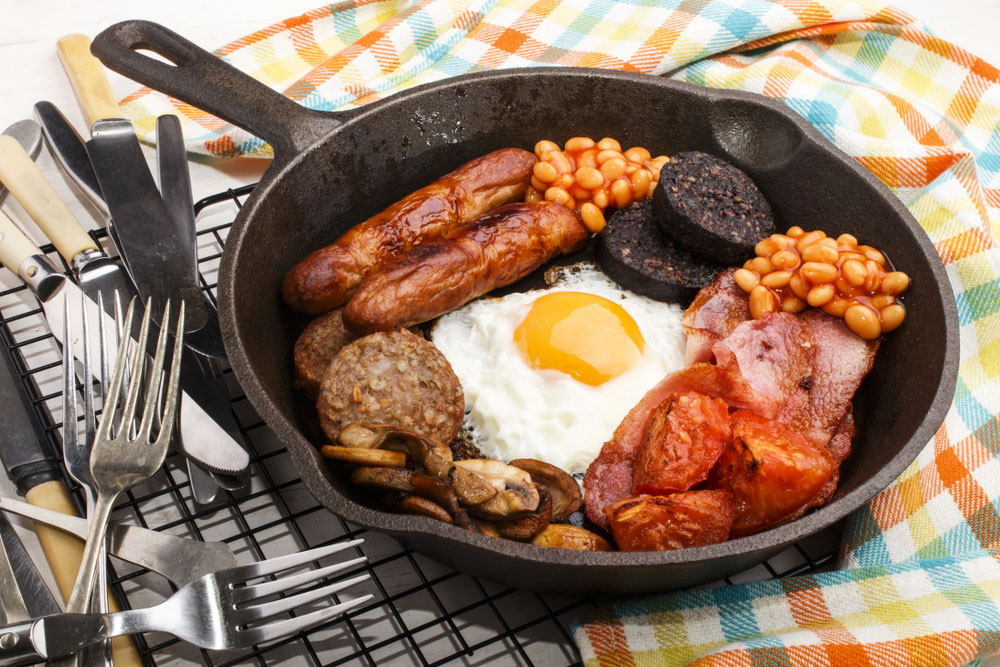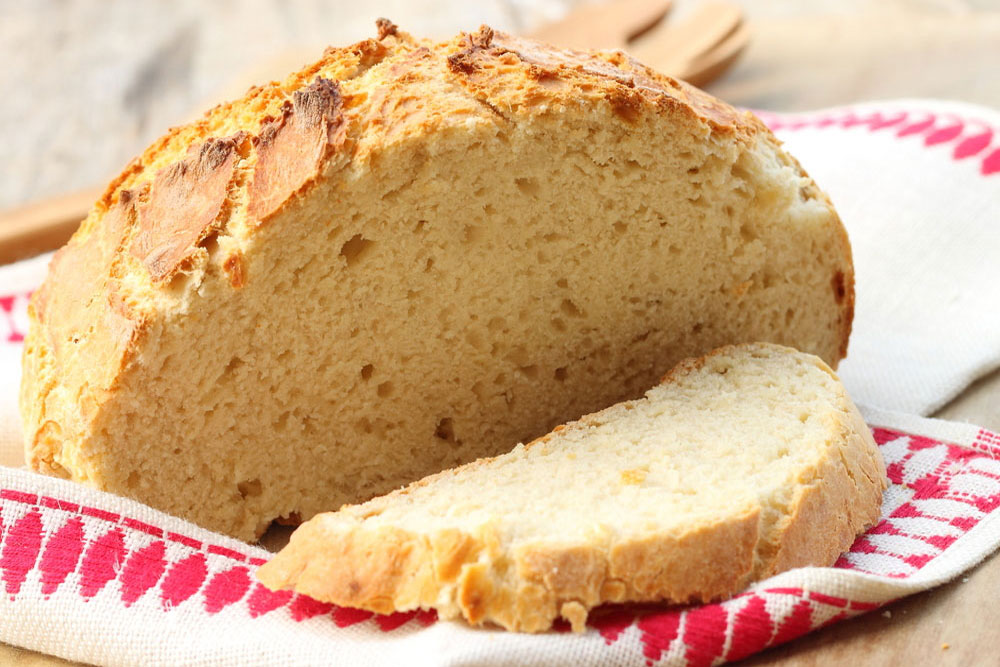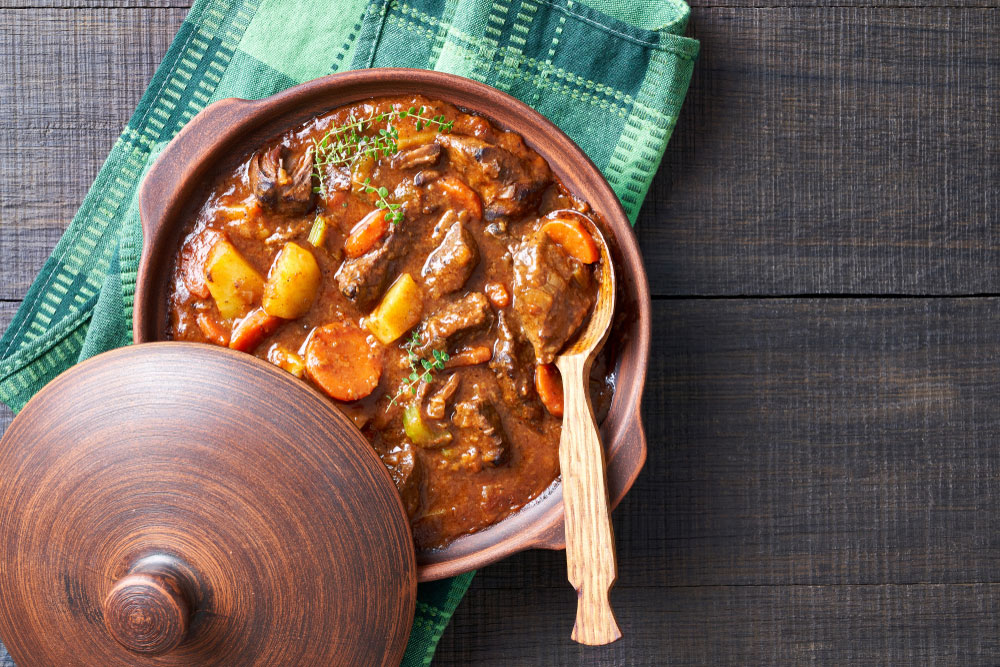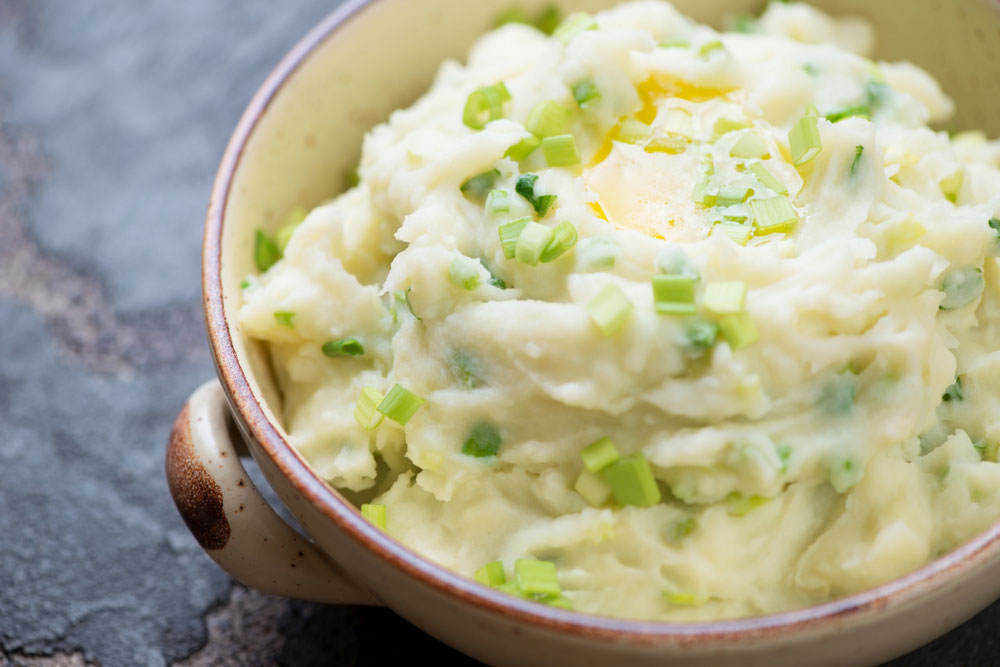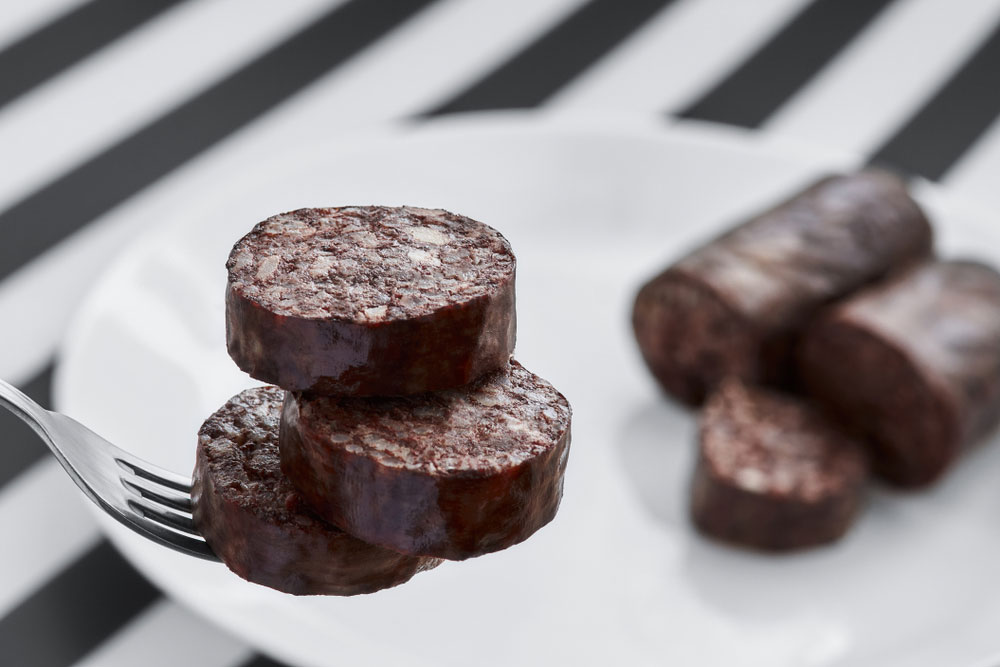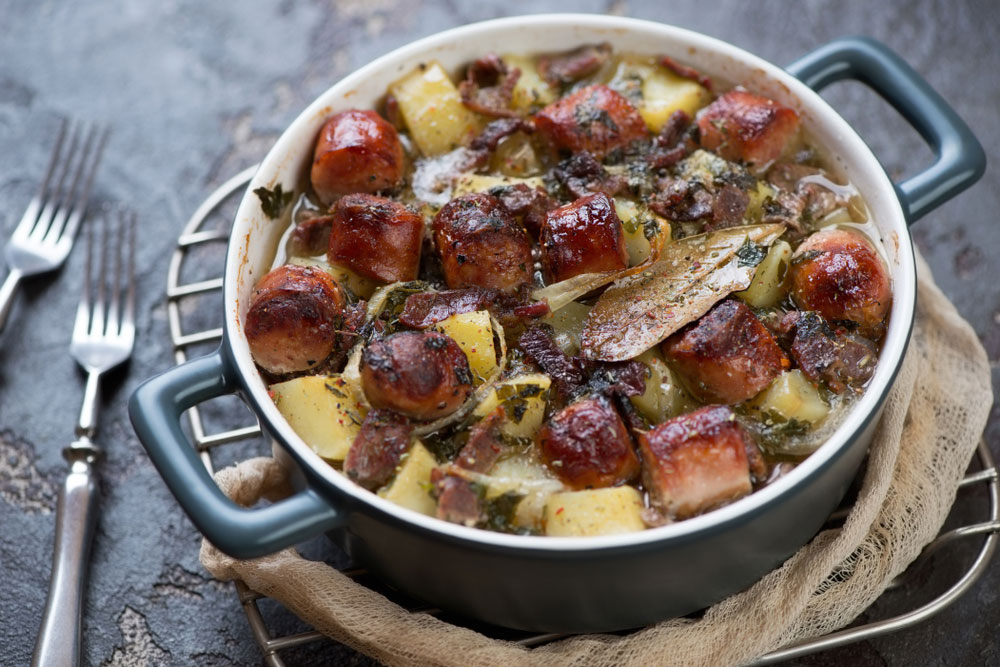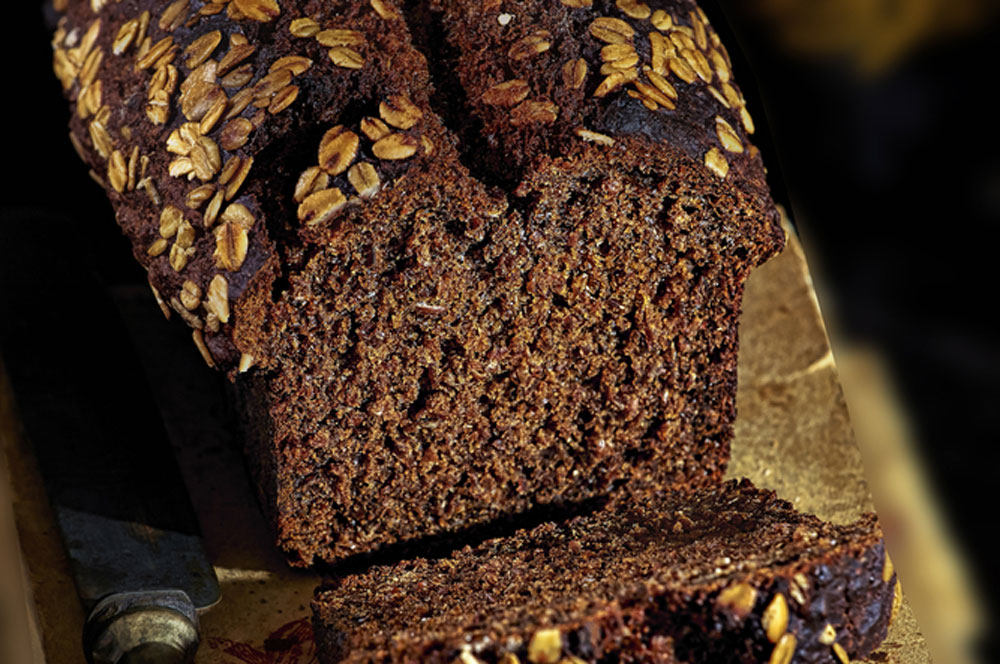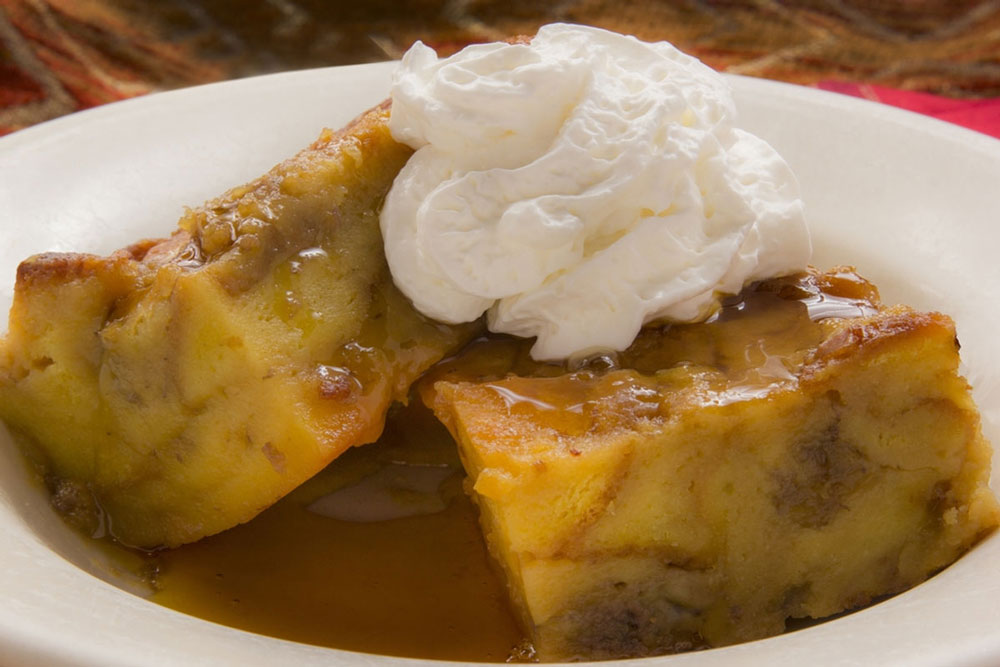Dining in Ireland: A Culinary Adventure
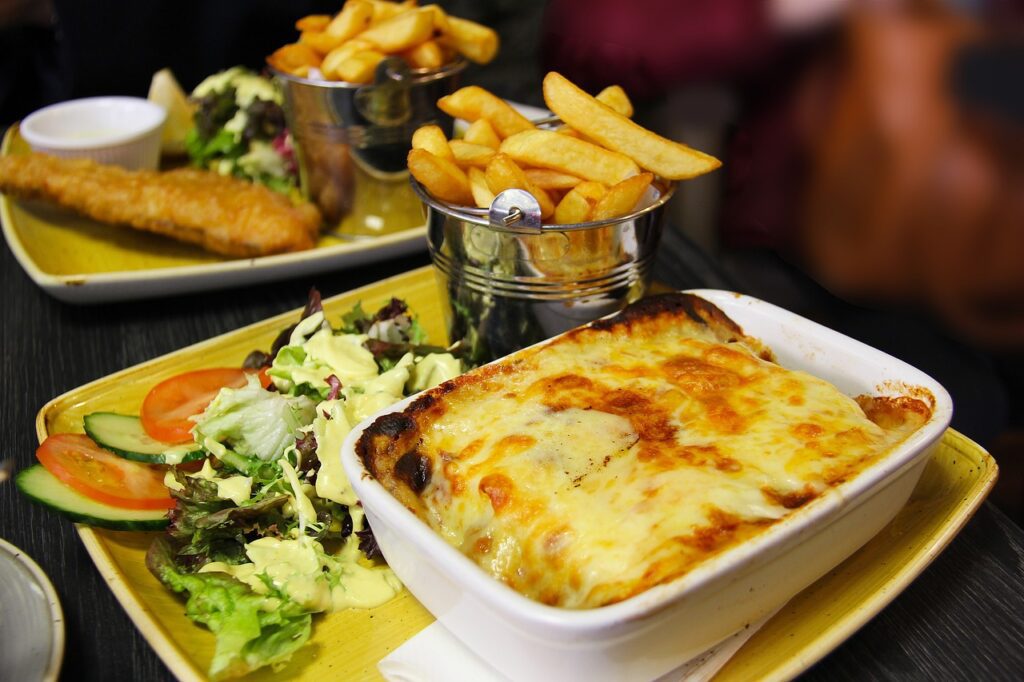

Dining in Ireland offers a mix of traditional Irish cuisine and international options.
Traditional Irish Pub Fare – Comfort, Character, and Community
When it comes to the heart of Irish dining, nothing speaks more to the soul of the culture than the traditional Irish pub. These cozy establishments are more than just places to grab a bite – they are community hubs, gathering places where friends, families, and visitors come together to share stories, laughter, and hearty food.
The Irish Pub Experience
Entering an Irish pub feels like stepping into a warm embrace, with dimly lit interiors, wooden beams, and often a crackling fireplace. While each pub has its unique charm, they all carry an inviting atmosphere where travelers feel at home. Whether in a bustling city or a quiet village, a pub serves as a touchstone of Irish hospitality. Patrons are greeted with friendly banter, live music, and a sense of welcome that invites them to linger and savor the experience.
Classic Dishes to Try
Irish pub menus are filled with iconic dishes rooted in tradition, often featuring locally sourced ingredients and generations-old recipes. Here are a few staples to look out for:
- Irish Stew – This beloved dish, often made with lamb or beef, potatoes, carrots, and onions, is slow-cooked to perfection, yielding tender meat and a rich, savory broth.
- Fish and Chips – Fresh fish from Ireland’s coastlines is battered and fried to golden perfection, served with thick-cut chips and a side of tartar sauce. This dish highlights the bounty of Ireland’s waters, especially when paired with local brews.
- Boxty – A traditional potato pancake with roots in the Irish countryside, boxty is typically served with smoked salmon, sour cream, or even stuffed with savory fillings for a heartier meal.
- Coddle – Especially popular in Dublin, coddle is a stew of sausage, bacon, potatoes, and onions simmered together, creating a dish that’s deeply comforting and full of flavor.
- Soda Bread – Served as an accompaniment or on its own, this traditional bread is often baked fresh in pubs. Made without yeast, soda bread is dense, slightly sweet, and pairs beautifully with creamy Irish butter.
Pairing with Irish Drinks
A meal in an Irish pub isn’t complete without a pint of stout or a glass of Irish whiskey. Guinness may be the most iconic choice, but regional craft breweries offer a variety of options, from crisp ales to rich porters. For those who enjoy a finer pairing, Irish whiskey complements the rich flavors of traditional fare, adding a touch of warmth to the meal.
Beyond the Plate: The Heart of Irish Hospitality
Dining in an Irish pub isn’t just about the food – it’s about the experience. Live traditional music, friendly conversations with locals, and the stories that fill the air make every pub visit memorable. It’s a place where the sense of community is as tangible as the taste of a good stew, and where travelers leave with not only a full stomach but also a full heart.
Farm-to-Table Dining – Celebrating Local Flavors and Sustainability
Ireland’s agricultural heritage and abundant natural resources have laid the foundation for a thriving farm-to-table movement that’s redefining Irish dining. This approach prioritizes local, seasonal ingredients, allowing chefs to celebrate the diverse flavors that Irish soil, seas, and pastures offer.
Embracing the Freshness of Local Ingredients
Farm-to-table dining is a testament to the dedication of Irish farmers, fishers, and artisans. Many Irish restaurants work closely with local producers, ensuring their menus highlight the best of each season. From fresh Atlantic seafood to locally reared beef, lamb, and dairy, these ingredients reflect the quality and purity of Ireland’s natural environment. By sourcing ingredients nearby, these restaurants contribute to sustainability while delivering fresher, richer flavors that embody the essence of Ireland.
Notable Farm-to-Table Dishes
In farm-to-table establishments, the menu often changes with the seasons, offering dishes that celebrate the produce of that time. Some popular dishes that showcase local ingredients include:
- Seafood Chowder – Creamy and filled with the catch of the day, this chowder is often made with Atlantic shellfish, fresh herbs, and locally harvested sea vegetables, creating a bowl of comforting flavors from the Irish coast.
- Heritage Beef and Lamb – Ireland is known for its grass-fed cattle and sheep, and farm-to-table restaurants emphasize these heritage meats, often roasted or slow-cooked to highlight their tenderness and depth of flavor.
- Organic Vegetable Plates – Many restaurants source from local organic farms, serving colorful plates of seasonal vegetables like carrots, leeks, kale, and cabbage. These dishes often feature creative preparations, from roasting and pureeing to fermenting.
- Irish Cheese Boards – Ireland’s dairy is world-renowned, and a board of locally produced cheeses—such as Cashel Blue, Durrus, and Gubbeen—is a staple on farm-to-table menus. These cheeses are often accompanied by homemade chutneys, fresh fruits, and artisanal breads.
- Foraged Delights – Irish chefs are also reviving traditional foraging practices, using wild herbs, seaweed, and berries in their dishes. This approach not only diversifies flavors but also honors Ireland’s culinary roots.
The Farm-to-Table Experience
Dining in a farm-to-table setting in Ireland is more than just enjoying a meal; it’s an experience that fosters an appreciation for the connection between people and the land. Many restaurants are located on working farms or offer scenic views of the countryside, enhancing the connection between the ingredients on the plate and the landscapes outside. Some even provide tours of their gardens, allowing visitors to see firsthand where the food is grown, which adds a layer of depth to the meal.
Pioneers in the Farm-to-Table Movement
Ireland boasts several farm-to-table pioneers who have become champions of sustainability and quality:
- Ballymaloe House & Restaurant in County Cork, known for its culinary school and commitment to seasonal cooking, is a renowned example of Irish farm-to-table dining.
- Kai Restaurant in Galway emphasizes local and organic ingredients, with a menu that changes daily based on what’s freshest.
- Loam in Galway also highlights the importance of sustainable sourcing, using produce from local farms and creating inventive dishes that spotlight seasonal ingredients.
Recommended Reading: Discovering ireland’s local food landscape from farm to table
Fine Dining in Ireland – Gourmet Experiences with an Irish Twist
As Ireland’s culinary landscape has grown, so too has its fine dining scene, with gourmet restaurants taking Irish ingredients and traditional flavors to new heights.
Modern Irish Cuisine – Tradition Meets Innovation
Fine dining in Ireland doesn’t abandon traditional ingredients or methods; instead, it reimagines them in inventive ways that reflect the creativity and skill of Irish chefs. Modern Irish cuisine draws from the island’s culinary heritage – like its use of root vegetables, fresh seafood, and meats – and reinterprets these elements with innovative cooking techniques, global influences, and artistic presentation. This fusion results in dishes that are both visually stunning and deeply flavorful, capturing the spirit of Ireland’s evolving culinary identity.
Signature Dishes in Irish Fine Dining
The best fine dining experiences in Ireland offer menus that transform beloved Irish ingredients into exquisite works of art. Some signature dishes you might encounter include:
- Reimagined Irish Stew – Using premium cuts of lamb and seasonal vegetables, some chefs elevate the humble Irish stew with slow-cooking techniques, unexpected herbs, or even molecular gastronomy for a surprising twist.
- Seaweed and Shellfish Combinations – Many fine dining establishments along the coast incorporate local seaweed varieties like dulse and wakame, pairing them with oysters, crab, or langoustines for dishes that taste of the Irish sea.
- Soda Bread Variations – In fine dining settings, traditional Irish soda bread can be reinterpreted with flavors like sea salt, stout, or even foraged herbs, served with house-churned butter or unique dips.
- Pigeon and Game Meats – Wild game such as venison, pigeon, and rabbit, prepared with refined techniques like sous-vide or paired with delicate vegetable accompaniments, showcase the natural flavors of Ireland’s landscape.
- Artisan Cheese Tasting Plates – Fine dining in Ireland often includes a selection of locally crafted cheeses, arranged with house-made chutneys, preserves, and breads for a uniquely Irish cheese course.
- Whiskey-Infused Desserts – Ireland’s whiskey heritage shines in desserts like whiskey-soaked bread pudding, chocolate whiskey tart, or poached pears with Irish cream, offering a smooth and rich end to the meal.
Notable Fine Dining Destinations in Ireland
Ireland’s fine dining scene is now home to several Michelin-starred restaurants and acclaimed chefs who have drawn global recognition. Some of the standout destinations for gourmet dining include:
- Chapter One in Dublin, where the chef combines Irish ingredients with French techniques, creating a dining experience that is both sophisticated and rooted in local culture.
- The Greenhouse in Dublin, known for its inventive flavors and techniques, offering tasting menus that celebrate Irish ingredients with contemporary flair.
- Aniar in Galway, which is Michelin-starred for its dedication to local sourcing and seasonal, foraged ingredients, delivering a true sense of place in every dish.
- Campagne in Kilkenny, known for its French-influenced dishes prepared with high-quality Irish produce, offering a refined but approachable fine dining experience.
- Bastion in Kinsale, which presents elegant dishes inspired by local ingredients, capturing the essence of the southern Irish coast in each course.
The Fine Dining Atmosphere – Elevating the Irish Experience
In these establishments, attention to detail extends beyond the food to the entire dining experience. From minimalist, modern interiors to locations set within historical buildings, fine dining in Ireland is about creating an ambiance that complements the culinary artistry. Diners are often treated to intimate settings, allowing them to savor each course while enjoying impeccable service, curated wine lists, and insights into the origins of each dish. This thoughtful approach immerses visitors in the full spectrum of Ireland’s gastronomic elegance.
Café Culture and Street Food – Ireland’s Casual Side
Beyond pubs and fine dining, Ireland’s café culture and street food scene have blossomed, offering travelers a laid-back yet vibrant taste of Irish cuisine. From artisanal coffee shops in bustling city centers to food trucks at seaside markets, Ireland’s casual dining options capture the creativity of local chefs and the warmth of Irish hospitality.
Café Culture – Artisanal Coffees and Cozy Atmospheres
Irish cafés have become more than places to grab a quick coffee; they’re community hubs where locals and travelers alike can relax and recharge. The café scene is flourishing with independent coffee shops, each offering a unique atmosphere, ranging from cozy, book-filled nooks to modern, minimalist spaces with locally sourced pastries and specialty coffees.
- Artisanal Coffees and Teas – Baristas in Irish cafés often serve single-origin coffees and specialty blends, pairing these with local dairy for rich, creamy lattes and expertly pulled espressos. Irish tea culture is also evident, with many cafés offering traditional Irish breakfast tea alongside newer herbal and green tea options.
- Baked Goods and Sweets – No Irish café experience is complete without sampling freshly baked goods. From traditional scones with jam and cream to rich brownies, soda bread, and oat-filled treats, the pastries in Irish cafés often draw on local ingredients and Irish baking traditions. Many cafés also serve more innovative desserts, like matcha-infused pastries or sea-salted caramel tarts.
- Unique Café Menus – Many Irish cafés have expanded their offerings to include brunches, sandwiches, and seasonal soups, often incorporating local produce and artisanal products. A breakfast menu might feature poached eggs on Irish soda bread, while lunch could offer hearty soups made with locally sourced vegetables and herbs.
The Rise of Street Food – A Fusion of Local and Global Flavors
Street food is rapidly gaining popularity across Ireland, with food markets and trucks serving a range of options that showcase both Irish flavors and global culinary influences. These venues allow visitors to enjoy high-quality, freshly prepared dishes at affordable prices, providing a taste of Ireland’s dynamic, multicultural culinary landscape.
- Seafood Dishes on the Go – Ireland’s coastal influence shines in its street food, with food trucks often offering dishes like seafood chowder, fish and chips, or smoked salmon on rustic bread. Coastal towns, especially in places like Galway or Cork, provide some of the freshest seafood options, often served with innovative sauces and garnishes.
- Gourmet Irish Sandwiches and Wraps – Street food vendors create hearty sandwiches using traditional ingredients, such as cured meats, artisan cheeses, and fresh vegetables. Some popular choices include beef brisket rolls with horseradish, or pulled pork wraps with apple slaw, all made with Irish-raised meat.
- Fusion Foods – Ireland’s street food scene also celebrates global flavors, with vendors creating exciting fusion dishes that combine Irish ingredients with international culinary techniques. Look for dishes like Irish-spiced tacos, curry chips (a popular Irish twist on loaded fries), or bao buns with Irish fillings like braised pork belly.
- Vegan and Vegetarian Options – With the rise of plant-based dining, street food markets in Ireland often offer vegetarian and vegan choices. Dishes like roasted vegetable wraps, chickpea-based stews, and mushroom burgers with Irish-sourced ingredients provide satisfying options for all types of eaters.
Where to Experience Ireland’s Casual Dining Scene
Ireland’s café culture and street food can be experienced across the island, but some key locations for tasting casual Irish fare include:
- Dublin’s Temple Bar Food Market – This weekend market offers a range of street food, artisanal products, and fresh produce, with vendors focusing on everything from organic ingredients to unique takes on Irish favorites.
- Galway’s Saturday Market – Located near St. Nicholas’ Church, this bustling market in Galway City is known for its fresh seafood, global flavors, and delicious pastries, making it a must-visit for foodies exploring the west coast.
- Cork’s English Market – Although it’s an indoor market, the English Market is a vibrant spot for grabbing street food-style bites, artisanal snacks, and locally sourced ingredients. You’ll find everything from sandwiches to oysters here, ideal for sampling a variety of flavors.
- Belfast’s St. George’s Market – Open on weekends, this market offers a mix of traditional Irish dishes and international options, along with local arts and crafts. From fresh baked goods to savory pies, St. George’s Market is a great spot to experience Belfast’s casual dining offerings.
Embracing the Casual Side of Irish Cuisine
Dining in Ireland’s cafés and at street markets allows visitors to enjoy authentic Irish flavors in an easygoing, welcoming setting. Whether it’s a morning coffee at a small-town café or a snack from a food truck overlooking the Atlantic, these experiences add a distinct layer to Ireland’s culinary scene. Irish café culture and street food embody a blend of community, quality, and creativity, making it easy to see why they’ve become an essential part of the Irish food experience.
Recommended Reading: Irish street food: a growing trend
